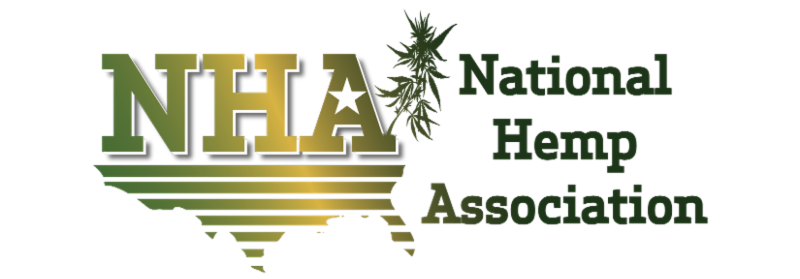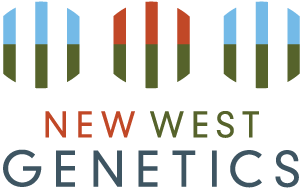MOhemp Energy is exploring the Legal to grow Kenaf Plant for the Westlake and Bridgeton Landfills Natural Remediation Project.
Here is information from a past study:
Phytoremediation potential of kenaf (Hibiscus
cannabinus L.) grown in different soil textures and
cadmium concentrations
This study investigated effect of soil textures and cadmium (Cd) concentrations on the growth, fibre
yields and Cd absorption of kenaf.
Screen-house experiment was conducted in the University of
Agriculture, Abeokuta (UNAAB), Ogun State, Nigeria. Top soils were collected from Murtala Victoria
Botanical Garden, Epe, Lagos State, Nigeria and UNAAB Teaching and Research Farm.
- Ten-litre plastic pots were filled with 10 kg soil. Experimental design was a 2 × 5 factorial in RCBD replicated three times.
- Two soil textures and five levels of Cd concentration (as Cadmium nitrate): 0, 1.5, 3.0, 4.5 and 6.0 mgCd/kg soil. Growth and yield parameters were collected.
- Cd content of plants and soils were determined using AAS and analyzed using descriptive statistics, ANOVA and correlation. UNAAB soil had pH of 6.3 with sandy loam texture while Epe soil had pH and texture of 5.3 and sand respectively.
- Control had significantly (P<0.05) higher plant height, stem girth, bast and core yields while 6.0 mg/kg had the least in the two soils.
- The more the concentration of Cd applied, the higher was the absorption by kenaf in the two soils.
- Kenaf planted in Epe soil had better absorption than UNAAB soil.
- There was significant (p < 0.01) positive correlation between Cd applied and Cd absorbed by kenaf.
- Key words: Phytoremediation by kenaf, soil textures, cadmium concentrations.
- Remediation by conventional technologies is very expensive and it has been estimated that the cost of conventional remediating heavy metal-contaminated sites in the USA alone would exceed $7 billion (Salt et al., 1995)
The
best type of soil for kenaf production is a well-drained
sandy loam soil; sand soil is not recommended for kenaf
production as plant growing in such soil bloom rather
early, without attaining sufficient height; consequently low
yields are obtained from such soil (Dempsey, 1975). The
higher the concentration of Cd applied, the more was the
Cd absorption by kenaf in UNAAB and Epe soils (Table
3). In the two soils, kenaf planted in 6.0 mgCd/kg soil had
significantly (p <0.05) highest Cd absorption followed by
kenaf planted in 4.5 mgCd/kg soil, 30 mgCd/kg soil, 1.5
mgCd/kgsoil and control respectively. This might
probably be due to the amount of metal in the soil. ZhenGuo
et al. (2002) and Arthur et al. (2003) reported that
phytoextraction and uptake of heavy metal is enhanced
by its availability and concentration in the soil. Comparing
the Cd absorption of kenaf planted in UNAAB and Epe
soils, the kenaf in Epe soil had better absorption than the
one in UNAAB soil at every concentration level. With
reference to 6.0 mgCd/kg soil, kenaf planted in UNAAB
soil absorbed more than the one planted in Epe soil by
2.2%.
However, bioavailability index has been used to
demonstrate the ability of plants to accumulate heavy
metals (Rotkittikhun et al., 2006). Epe soil also had
higher bioavailability index than UNAAB soil at every
concentration level (Table 3). The difference in pH
(UNAAB soil 6.3 and Epe soil 5.3) and soils textures
might responsible for better absorption of kenaf in Epe
soil. Arthur et al. (2003) similarly observed that mobility
and bioavailability of metals for plant uptake is enhanced
at lower soil pH. Cd levels of UNAAB and Epe soils after
harvesting decreased compared to the applied
concentrations before planting (Table 4). The higher the
concentration of Cd applied to the soils before planting,
the more was the content in the soil after harvesting with
6.0 mgCd/kg soil had significantly (p < 0.05) highest level
of Cd followed by 4.5 mgCd/kg soil, 3.0 mgCd/kg soil, 1.5
mgCd/kg soil and control respectively in the two soils.
Pearson correlation analysis established that Cd
concentration applied was positively correlated with Cd
absorbed by kenaf (r = 0.99, p < 0.01 in UNAAB soil; r =
1.00, p < 0.01 in Epe soil) and with residual Cd in the
soils after harvesting (r = 0.99, p < 0.01 in UNAAB soil; r
= 0.96, p < 0.01 in Epe soil).
CONCLUSIONS AND RECOMMENDATIONS
Growth and yield parameters of kenaf reduced with
increased in cadmium concentrations. Ability of kenaf to
absorb cadmium varied with soil texture, soil pH, and
concentration of cadmium in the soil. Further research
could also be carried out on other varieties of kenaf at
much higher concentrations of cadmium and at varying
soil pH.










 The National Hemp Association sees all these challenges as ones we most overcome. That's why we are making
The National Hemp Association sees all these challenges as ones we most overcome. That's why we are making Zev Paiss, Executive Director
Zev Paiss, Executive Director
















